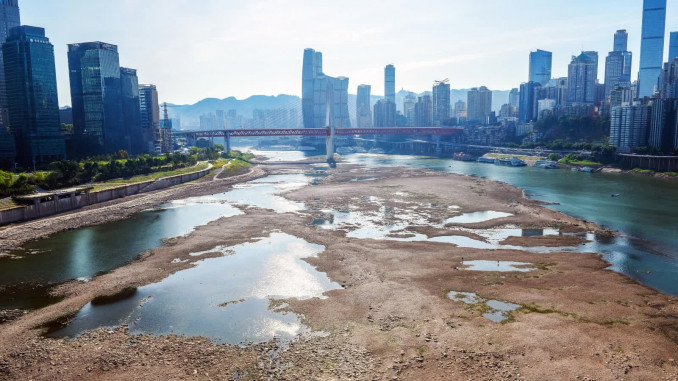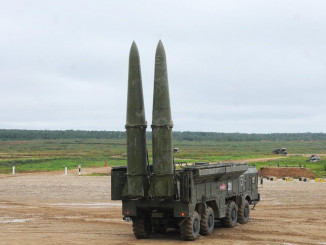
For weeks, about half of China has been in the grips of extreme heatwaves and droughts. The country is in a red alert, facing a dire situation with unprecedented temperatures and little to no rainfall. The places most affected have been the Yangtze River and the cities along it. The river has now been at its driest in over 150 years causing the water level to fall dramatically. So far, 51 tributaries and 24 reservoirs have dried up.
The Yangtze River and the cities on it is China’s major economic hub, the river itself contributes the most out of all river systems in the world to its nation’s Gross Domestic Product (GDP). The river is essential to the manufacturing of major goods used throughout the world. In the Sichuan province, it generates 85% of the power in the region. But the drought has caused power generation to drop by half and the heatwave has caused the demand for power to rise by 25%. In reaction to this, the Chinese government has had to shut down factories throughout the region, including factories run by Toyota and Tesla, and has had to limit power consumption for its millions of residents who desperately need air conditioning.
Droughts like these are becoming more common throughout the world. Europe is experiencing its worst drought in over 500 years. Rivers like the Rhine, Danube, and Po are experiencing all-time lows. The water level is so low in some places that ships carrying important goods, like wheat, are having greater difficulty getting through the choke points on these rivers. In fact, hunger stones which are warnings etched in riverbeds throughout Europe to warn people of impending famine are reappearing this year. One in the Czech Republic on the Elbe River reads, “If you see me, weep.”
Climate change has made reliance on renewable energies like wind and water less reliable. Like the crisis China is facing with drought and hydropower now, they were in a similar situation in 2020 when unprecedented cold weather significantly dampened wind power production. The Chinese government is now remedying these crises by increasing its reliance on fossil fuels by building more coal powerplants. The people in charge have forced us into a vicious cycle where their burning of fossil fuels created climate change and climate change has made reliance on renewable energy (like water power) less dependable. So now, their solution is to increase our reliance on fossil fuels, thereby intensifying the cycle. Their solution shows us that they are not concerned with addressing climate change and its causes, but finding quick solutions to make sure business can continue as usual. They show us we cannot rely on the people in power to save us; the only people who can meaningfully address climate change are the people most affected by it, in other words, ourselves.




